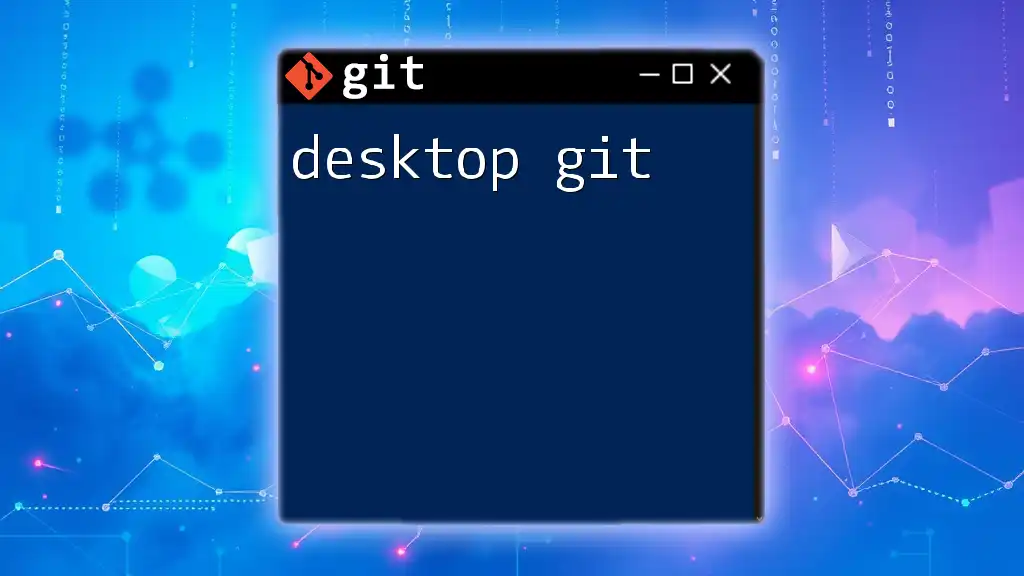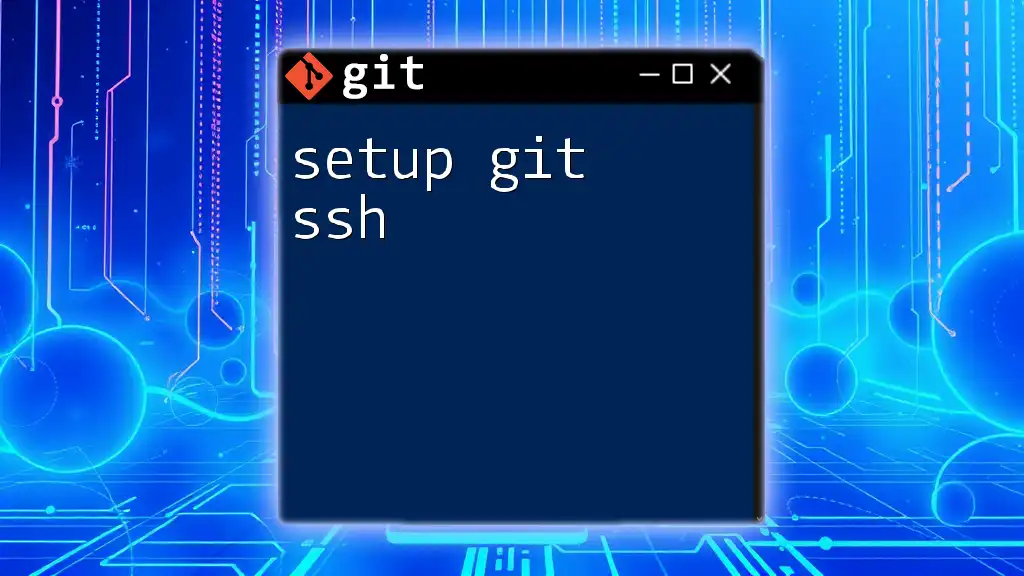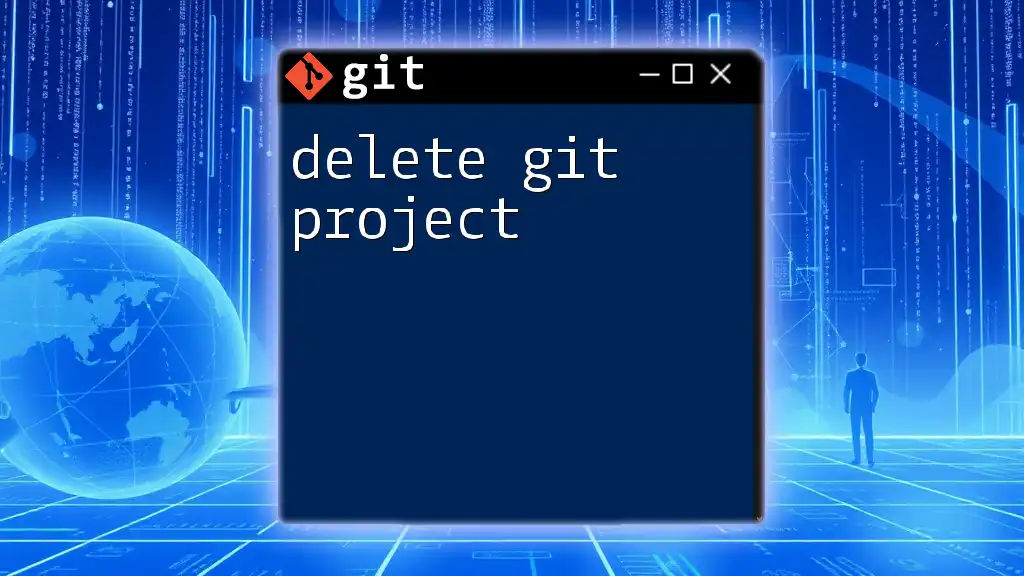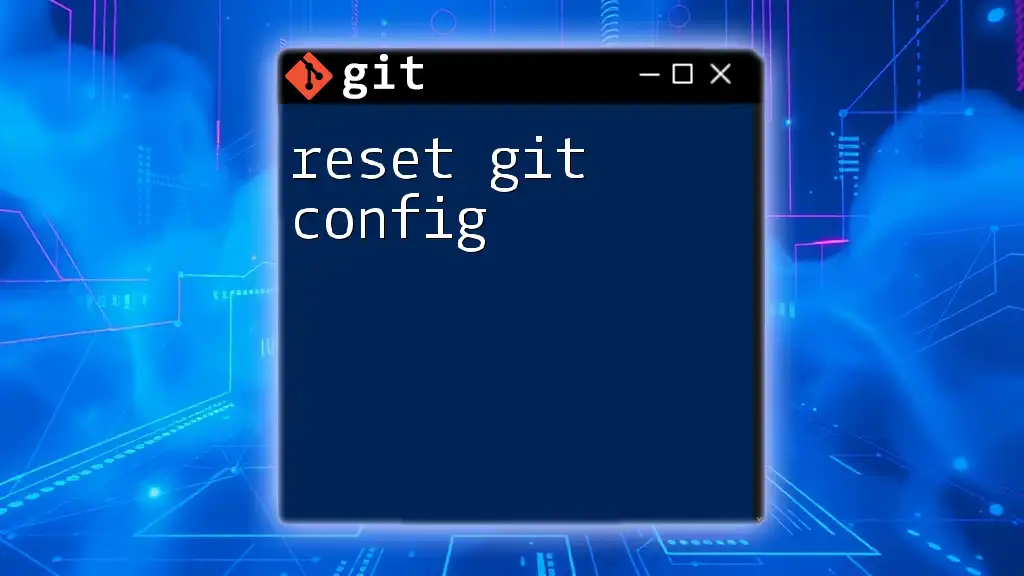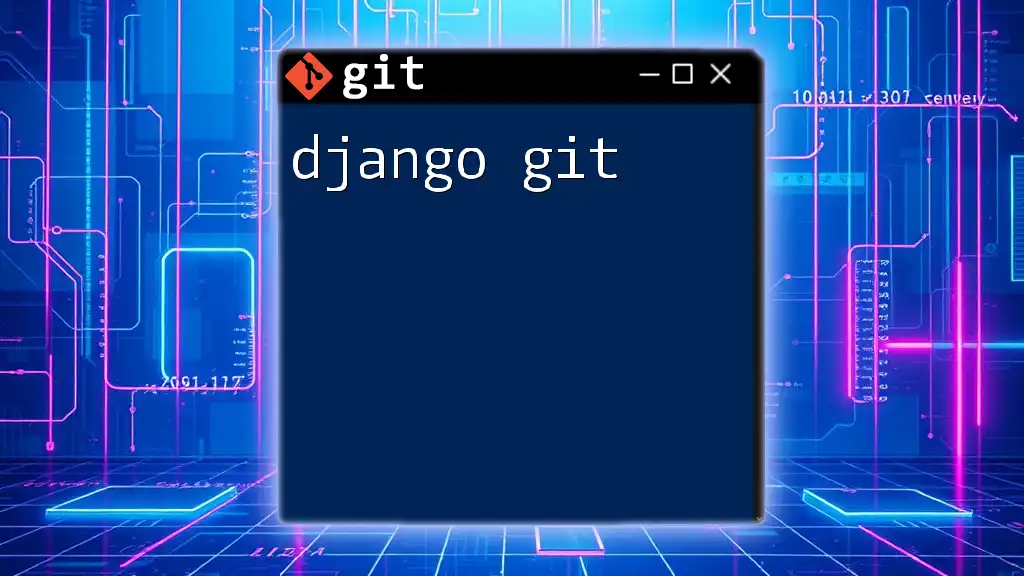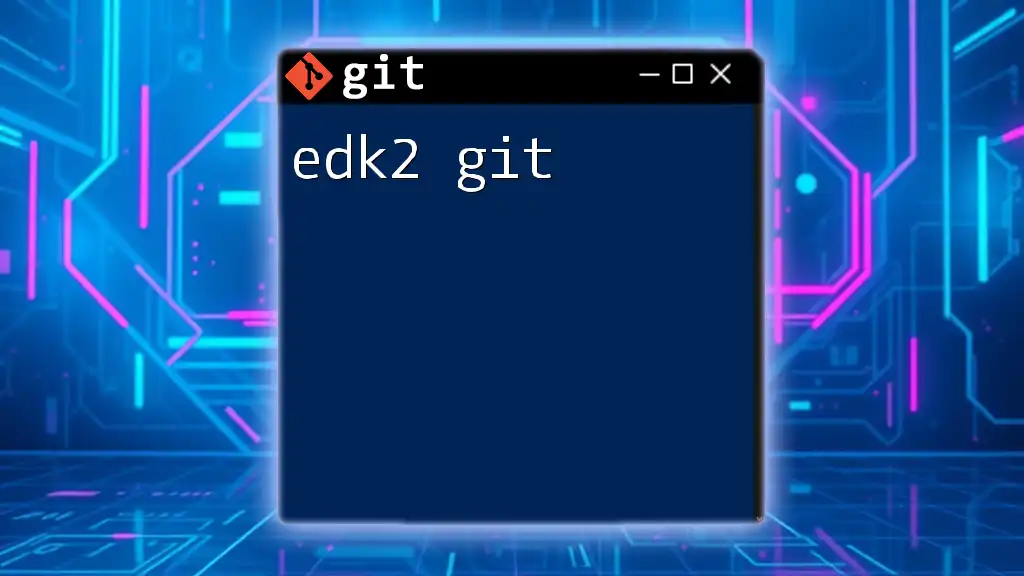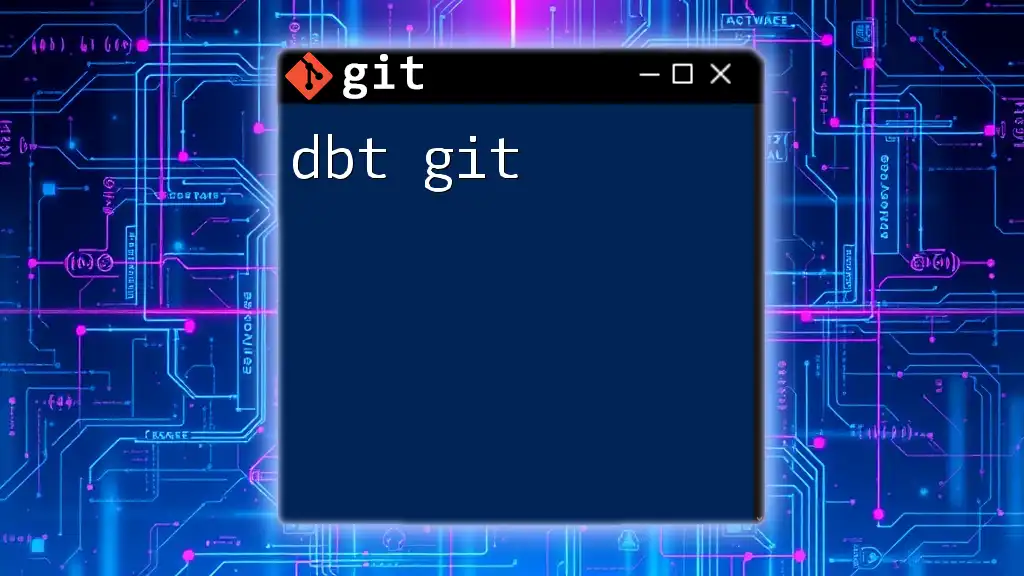Desktop Git refers to GUI-based applications that provide a user-friendly interface for version control using Git, making it easier for users to execute Git commands without relying solely on the command line.
Here's a code snippet demonstrating how to initialize a new Git repository using the command line within a Desktop Git application:
git init my-repo
What is Desktop Git?
Definition of Desktop Git
Desktop Git refers to user-friendly, graphical user interface (GUI) applications that allow users to manage Git repositories without relying solely on command-line interface (CLI) commands. These clients simplify many aspects of version control, making Git accessible even to those who may not be comfortable with terminal commands. The visual nature of desktop Git clients helps users understand complex concepts such as commits, branches, and merges by representing them in intuitive graphical formats.
Popular Desktop Git Clients
A few popular desktop Git clients include:
-
GitHub Desktop: Integrated with GitHub, this client simplifies the process of cloning repositories, making commits, and pushing changes to remote repositories. It offers a clean UI and is perfect for beginners.
-
Sourcetree: A powerful interface for managing repositories from both Git and Mercurial. It offers advanced features such as branching visualizations and a built-in terminal.
-
GitKraken: Renowned for its visually stunning interface, GitKraken provides excellent tools for managing tasks, creating visual representations of Git workflows, and integrating with various issue trackers.
-
Tower: A robust client that prioritizes a sleek design and usability, offering features like drag-and-drop commits and extensive tools for handling complex Git tasks.
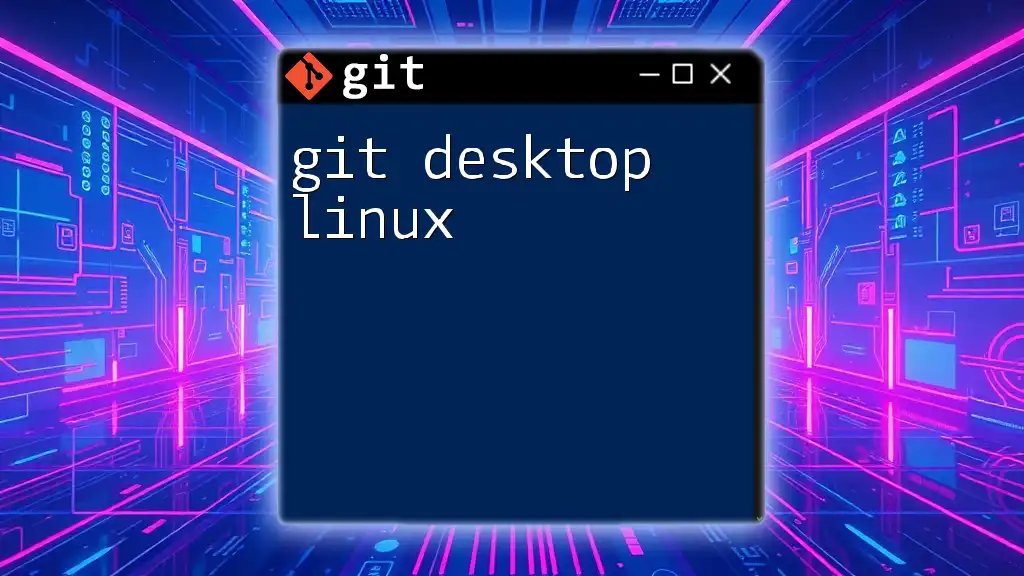
Setting Up Your Desktop Git Client
Installing Git
Before diving into a desktop Git client, you need to have Git itself installed on your machine. Here’s how to do it across different operating systems:
- Windows: Download the Git installer from the [official Git website](https://git-scm.com/) and follow the installation prompts.
- macOS: Use Homebrew by running the following command in your terminal:
brew install git - Linux: Depending on your distribution, you can use:
sudo apt-get install git # For Ubuntu/Debian sudo yum install git # For CentOS/RHEL
Configuring Your Git Client
Once Git is installed, you need to configure your client settings. This involves setting your name and email, which will be associated with your commits. This can be done in the terminal with the following commands:
git config --global user.name "Your Name"
git config --global user.email "your.email@example.com"
Connecting to Git Repositories
Creating a New Repository
To create a new Git repository, you can simply initialize one through your desktop client or use the terminal. Here’s how you can do it via the terminal:
git init my-new-repo
Once the repository is initialized, you can open it in your preferred desktop client to start managing files.
Cloning an Existing Repository
Cloning allows you to make a local copy of a remote repository. This can typically be done in any desktop client by selecting a "Clone" option and then providing the repository URL. GitHub Desktop, for example, allows you to search for repositories owned by you or your organization directly.
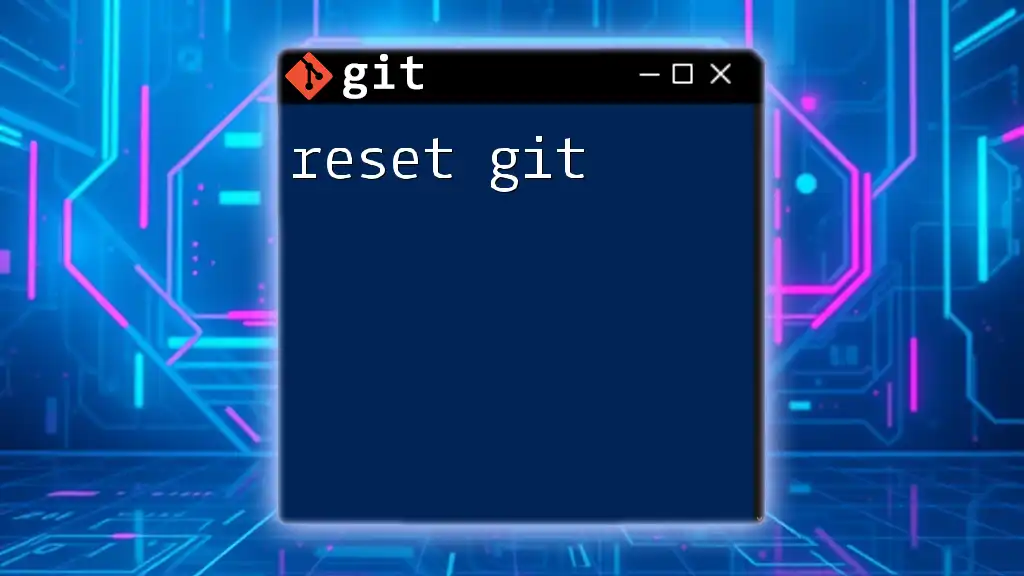
Core Features of Desktop Git Clients
User Interface Overview
The user interface of desktop Git clients usually consists of several key elements, including:
- A repository list that shows all local repositories managed by the client.
- A commit history panel that displays past commits with details like commit messages and timestamps.
- A branches view, allowing users to see created branches and switch between them easily.
These UI elements provide a structured way to navigate and visualize your project’s history and branching structure, making it easier to grasp the Git workflow.
Committing Changes
When making changes to a project, committing them is crucial. Desktop Git clients generally simplify this process:
- Staging Changes: Select the files you want to include in your commit.
- Committing: Add a meaningful commit message and confirm the commit.
You can stage and commit changes using the terminal with the following commands:
git add .
git commit -m "Your commit message"
In desktop clients, this process involves clicking on buttons to stage and commit rather than typing commands, making it more intuitive.
Managing Branches
Creating a New Branch
Branching is essential for developing features without affecting the main codebase. In the terminal, you can create a branch with:
git checkout -b new-feature
In a desktop client, you would typically find a "New Branch" button that allows you to name your branch and make it active.
Merging Branches
When your feature is complete, merging it back to the main codebase is vital. Desktop Git clients often provide visual representations to make this process smoother. Look for a merge option, select the branches you wish to merge, and follow prompts to resolve any merge conflicts.
Viewing History and Changes
Being able to review the commit history and see changes made is crucial for understanding project progress. Desktop Git clients offer a visual history that makes it easy to navigate through commits, see diffs, and understand what has changed between versions. Look for options to view “History” or “Diffs” in your client.
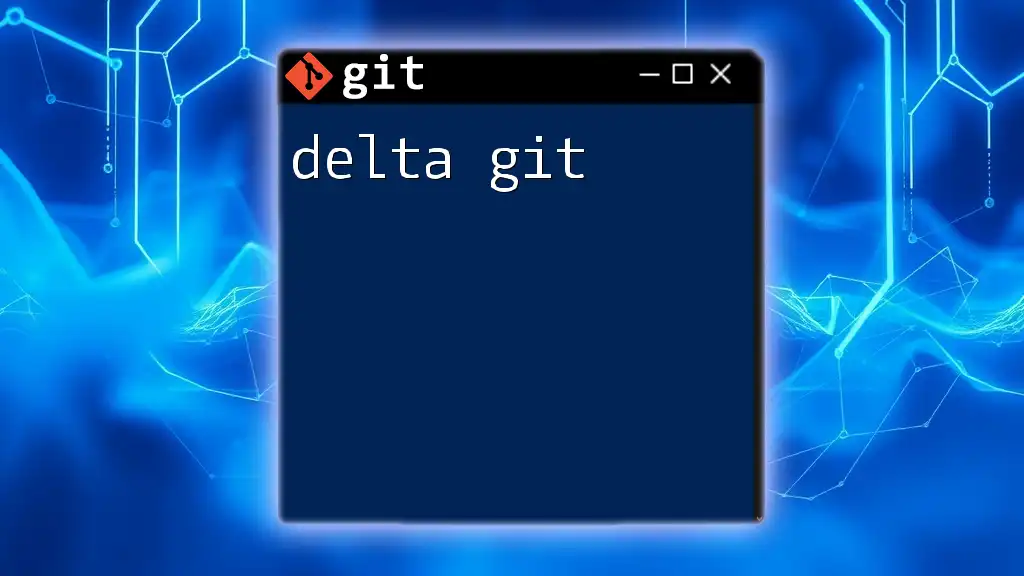
Advanced Features
Resolving Merge Conflicts
Merge conflicts can occur when multiple branches have made changes to the same line of code. Desktop Git clients provide tools for conflict resolution, often showing options side by side. This visual aid helps users understand the differences and choose which changes to keep.
For example, if two developers modify the same file, the client might indicate conflicts directly in the UI and suggest resolutions, streamlining the new merge process.
Using Git Hooks
Git hooks are scripts that can be triggered by various actions in Git, like committing or pushing changes. Many desktop clients allow users to set up hooks directly through their interfaces, although this feature can differ by client. Hooks can automate tasks like performing code linting before commits or sending notifications.
Integrating with Other Tools
Most desktop Git clients can integrate seamlessly with Continuous Integration (CI) tools like Jenkins or Travis CI. They also often support connections with issue tracking systems such as Jira or Trello, allowing developers to manage project tasks and version control in synchrony.
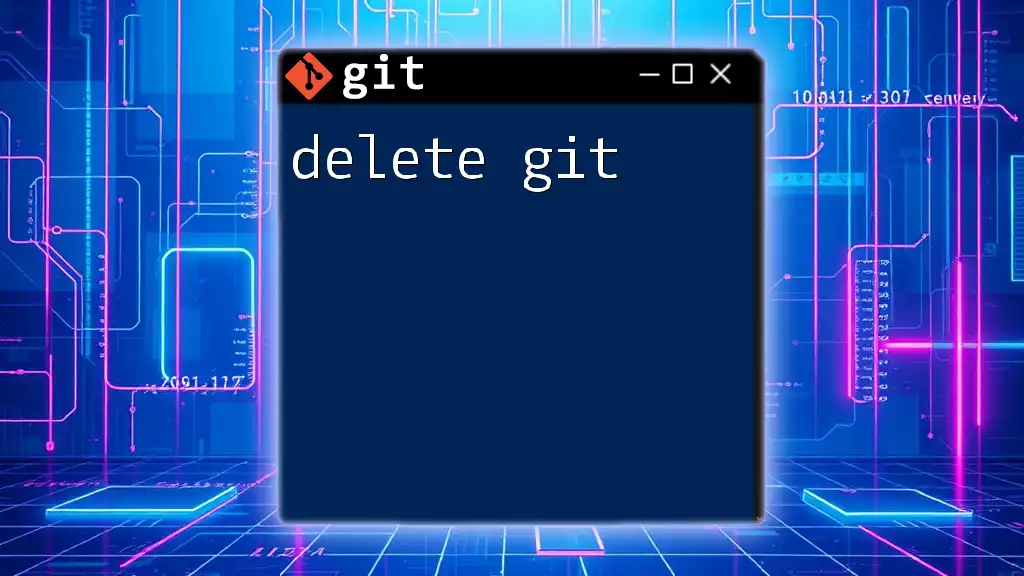
Best Practices for Using Desktop Git
Version Control Workflows
Understanding different Git workflows is essential. For instance, the Git Flow model incorporates multiple branches for feature development, releases, and hotfixes, while the GitHub Flow is simpler and focuses on continuous deployment. Desktop Git clients accommodate these workflows by providing intuitive branch management tools.
Regular Backups and Remote Pushes
Consistently backing up your work and pushing changes to a remote repository guard against data loss. Depending on your setup, the desktop client will usually have a simple Push button that syncs your local commits with the remote repository.
Collaborating with Teams
Desktop Git clients enhance collaboration by allowing teams to share changes easily. When multiple team members work on a project, each can use their desktop clients to pull the latest updates and push changes seamlessly, ensuring everyone is on the same page.
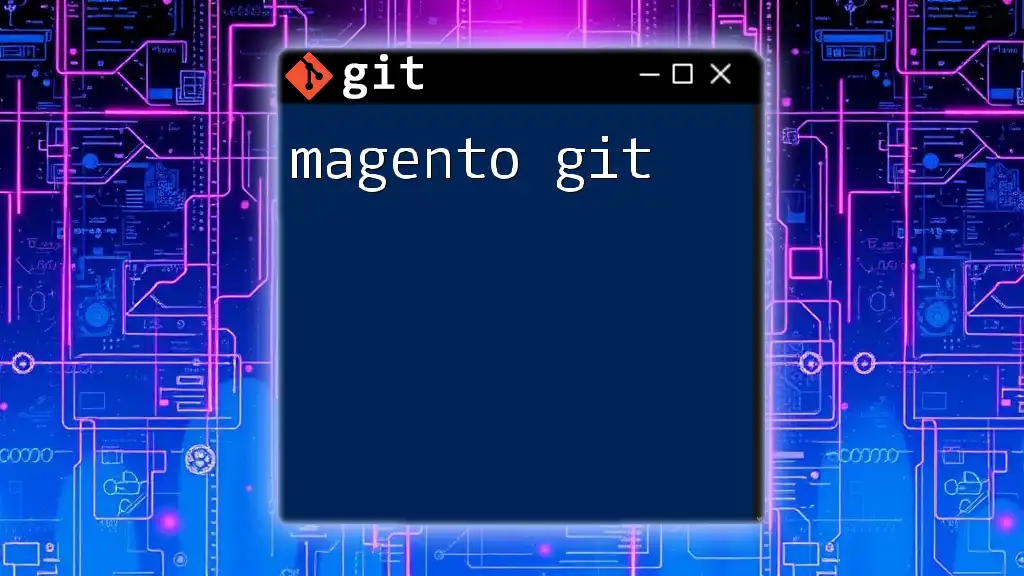
Troubleshooting Common Issues
Common Errors and Fixes
It’s normal to encounter issues while using desktop Git. Some common problems include:
- Authentication errors: Ensure your credentials are set up correctly in the desktop client.
- Merge conflicts: Utilize the built-in conflict resolution tools in your client to address these issues promptly.
Useful Resources and Communities
Engaging with the Git community can provide additional support and learning opportunities. Websites like Stack Overflow, the official Git documentation, and GitHub forums are excellent resources for troubleshooting or learning new techniques.
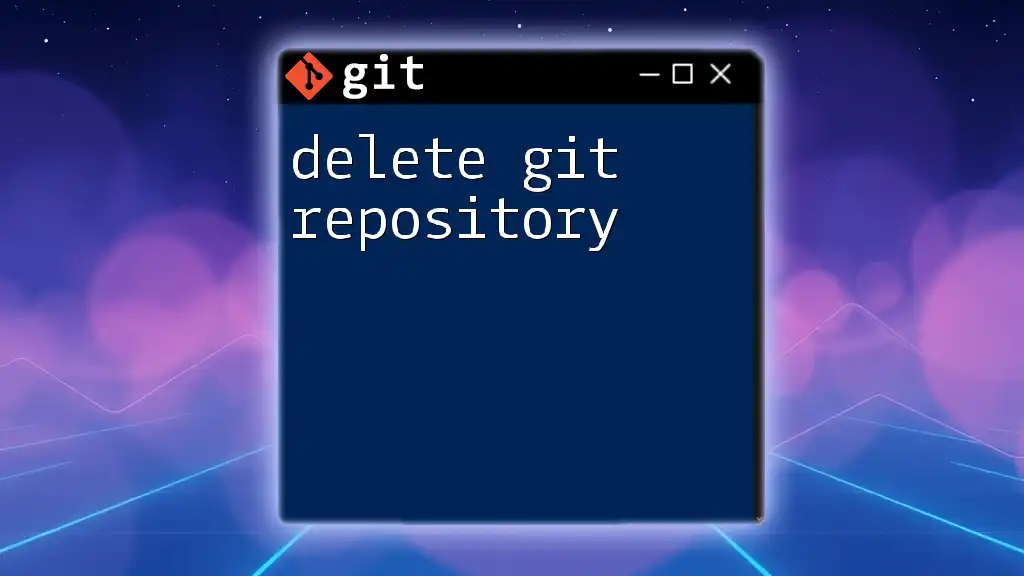
Conclusion
Desktop Git clients are invaluable tools that simplify version control for developers of all skill levels. By harnessing the graphical interfaces and intuitive features these clients offer, you can improve your workflow and collaborate effectively with your team. Practice using the various features, integrate Git into your everyday tasks, and you'll find managing your projects becomes a seamless experience. Embrace the community and continue learning, and you’ll become proficient in using desktop Git in no time.

